Not
























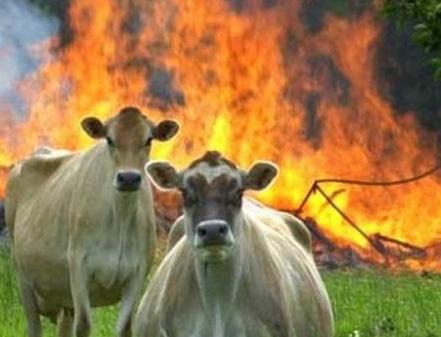
 by Ishaan Ghosh, Kavin D, and Siddharth Paliwal
by Ishaan Ghosh, Kavin D, and Siddharth Paliwal
A meme is worth a thousand words. A cleverly designed meme can not only make you chuckle, but also prompt reflections on society and culture. Memes defy ownership, encourage collaboration, and bring humour to bleak situations. Though sometimes understood as frivolous, memes today are an indispensable part of our digital lives.
Three participants from Science Gallery Bengaluru’s Summer School on Carbon harnessed the power of memes to create a glossary of climate change, carbon, and community. This book uses memes and short pieces of text to unpack some terms and concepts important to understanding carbon’s role in our world.
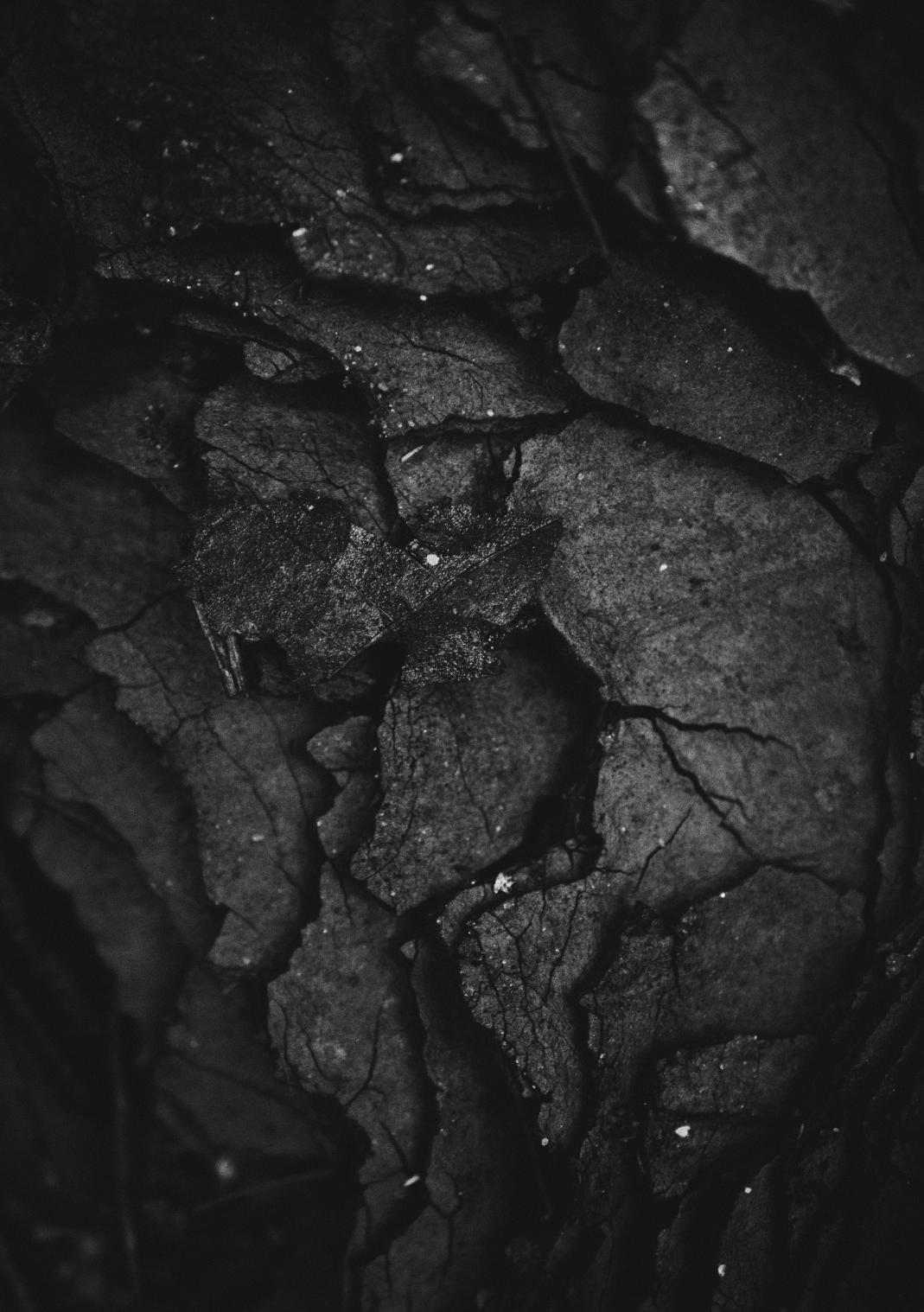

Carbon is a non-metallic element. It is abundant in our world and is found in two major forms: pure and combined. Pure forms include diamond, graphite, and fullerenes while combined forms include a vast number of compounds such as carbon dioxide and organic molecules. Carbon-based compounds form the basic building blocks of all life forms on earth. The carbon cycle regulates the amount of carbon present in different parts of the Earth.


Photosynthesis and respiration make up the most basic processes that drive life. Photosynthesis takes up light energy from the sun to help produce food in the form of glucose, while respiration takes up food and breaks it down to produce chemical energy for the use of organisms in their daily lives. In this way, they complement each other and keep the living world going. Every living organism respires but not all of them can use photosynthesis.


Fossil fuels are formed from the decomposition of the dead remains of plants and animals which were trapped underground over a long time. They are found in the Earth’s crust and can be burned to give out energy. Coal, oil, and natural gas are a few examples of fossil fuels that are used extensively nowadays. They are a non-renewable kind of energy and take millions of years to be formed. Their use also produces some of the major pollutants in our environment.

The discovery of fossil fuels as a source of energy led to the Industrial Revolution of the 18th and 19th centuries. This greatly expanded the use of coal as a fuel to run new industries, particularly for the manufacture of iron products. “Nearly 15 billion metric tons of fossil fuels are consumed every year”1. Three countries use more fossil fuels than the rest of the world combined; China, the United States, and India. They collectively consume 54% of the world’s fossil fuels by weight. Transportation plays a central role and uses a large chunk of fossil fuels in any industry. Newer sources of energy will be needed to power the industries as fossil fuels run out.
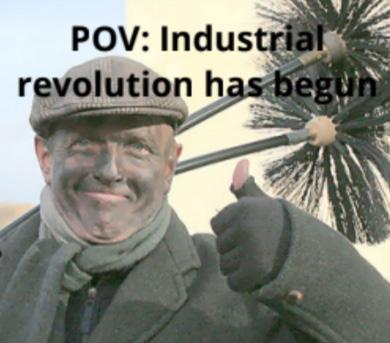


A greenhouse gas (GHG) absorbs the sun’s infrared radiation keeping it trapped in the Earth’s atmosphere leading to the greenhouse effect. The primary greenhouse gases in Earth’s atmosphere are water vapour (H2O), carbon dioxide (CO2), methane (CH4), nitrous oxide (N2O), and ozone (O3). The average temperature of the Earth’s surface would be about −18 °C (0 °F) without greenhouse gases instead of the present average of 15 °C. But excess GHGs in the Earth’s atmosphere has accelerated the process of global warming and raised the average temperature rapidly.


“Climate change refers to long-term shifts in temperatures and weather patterns. These shifts may be natural, such as through variations in the solar cycle. But since the 1800s, human activities have been the main driver of climate change. This was primarily due to burning fossil fuels like coal, oil, and gas. Climate change can affect our health, ability to grow food, housing, safety, and work. Some of us are already more vulnerable to climate impacts, such as people living in small islands and other developing countries”2.



Plastics are formed using natural materials like coal, natural gas, and crude oil. Plastic pollution has become one of the most pressing environmental issues, as the rapidly increasing production of disposable plastic products overwhelms the world’s ability to deal with them. “It is most visible in developing Asian and African nations where garbage collection systems are often inefficient or nonexistent”3. People have become very reliant on different kinds of plastic in the functioning of their everyday lives.

Agriculture both contributes to climate change and is also affected by it. It is a significant part of the climate problem. It currently generates 19–29% of total greenhouse gas (GHG) emissions. Without action, that percentage could rise substantially as other sectors reduce their emissions. Additionally, one-third of the food produced globally is either lost or wasted. A lack of proper waste management that leads to the stubble burning of crops is a significant problem in India.
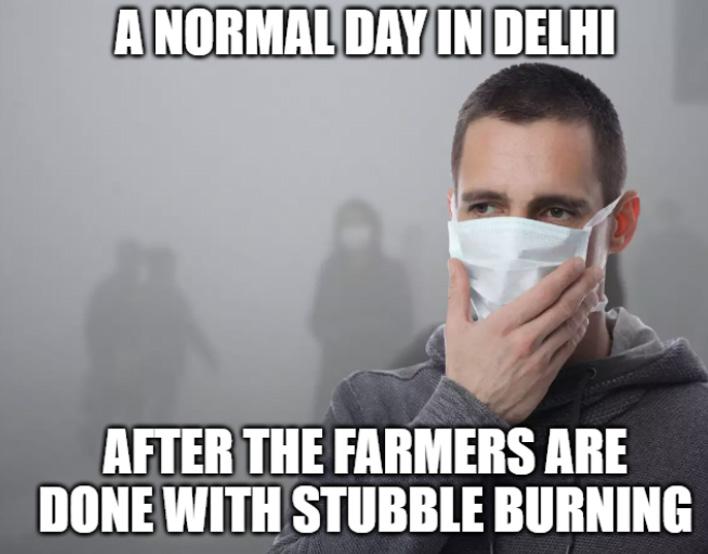


The carbon footprint is the total amount of greenhouse gases that are generated by our actions. Although some production of greenhouse gases is natural, human activity has increased production substantially. The major industrial sources of greenhouse gases are power plants, residential buildings, and road transportation. Many simple changes can be made to our daily lives to reduce our GHG footprint. Reducing energy consumption within a household can include lowering our dependence on air-conditioning, heating, and using LED lamps.

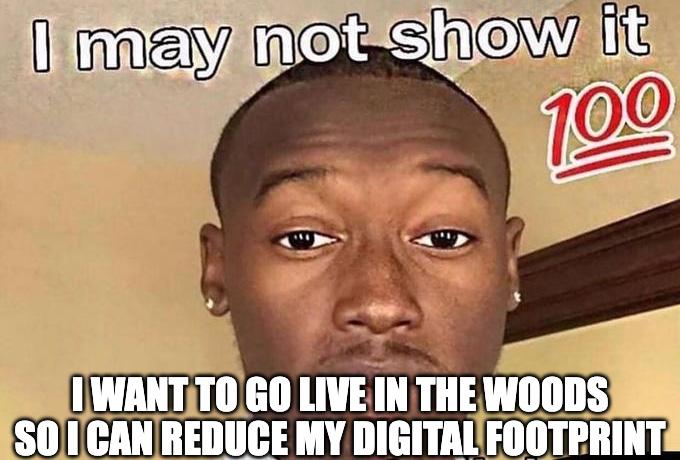
Digital transformation has brought many benefits, including a positive impact on the fight against climate change and reducing CO2 emissions. However, the production, use, and data transfer among digital devices cause more CO2 emissions than one might expect. These emissions are summarised under the terms ‘digital CO2 footprint’ or ‘digital carbon footprint’. Every single search query, every streaming video, and every type of cloud computing, executed billions of times, is responsible for the ever-increasing global demand for energy and thus also for increasing CO2 emissions.
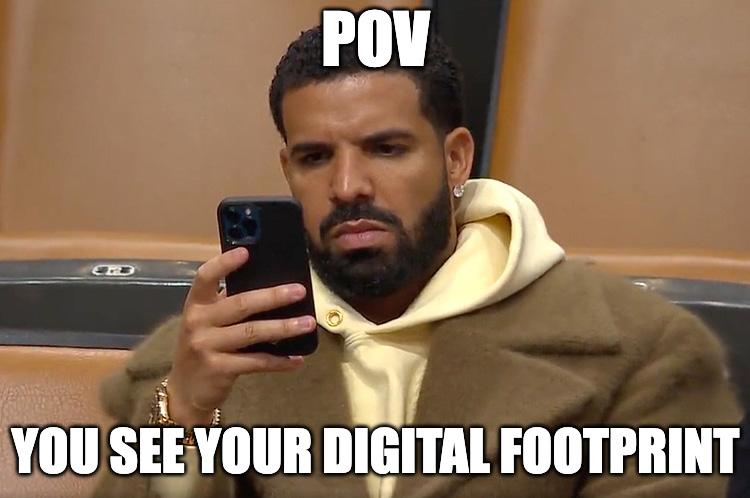

“Water is the primary medium through which we will feel the effects of climate change”4. The availability of water is becoming less predictable in many places. The increased instances of flooding threaten to destroy water points and sanitation facilities and contaminate water resources. Dams play an important role in energy production but they also stop the river sediments from regenerating deltas and producing methane from the dead organisms present in them.
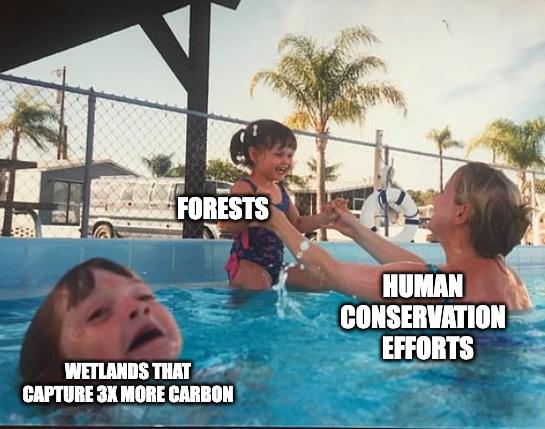

Conserving the natural resources we have left is the need of the hour. Planting trees is a good idea, but not everywhere. “World leaders have already committed to restoring 350 million hectares of forest by 2030”5. Increasing the tree cover in the savannas and grasslands can mean plant and animal species that prefer open, well-lit environments are pushed out. “Studies from South Africa, Australia, and Brazil indicate that unique biodiversity is lost as tree cover increases”6.




“Mitigation — reducing climate change — involves reducing the flow of heat-trapping greenhouse gases into the atmosphere, either by reducing sources of these gases (for example, the burning of fossil fuels for electricity, heat, or transport) or enhancing the sinks that accumulate and store these gases (such as the oceans, forests, and soil)”7. The goal of mitigation is to avoid significant human interference with the climate system and stabilise greenhouse gas levels in a timeframe sufficient to allow ecosystems to adapt naturally.


“A carbon credit is a permit that allows the owner to emit a certain amount of carbon dioxide or other greenhouse gases”8. “One credit permits the emission of one ton of carbon dioxide or its equivalent in other greenhouse gases. Private companies are thus doubly incentivized to reduce greenhouse emissions”9. “First, they must spend money on extra credits if their emissions exceed the cap”10. “Second, they can make money by reducing their emissions and selling their excess allowances to other corporations”11.
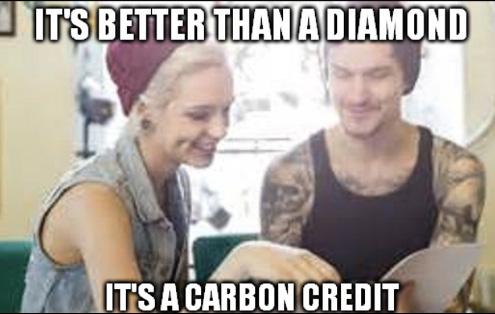

Carbon emissions are a type of greenhouse gas emissions that occur when carbon dioxide and other forms of carbon enter the air as a result of human activity. “They are crucial to this conversation because they are the most significant type of emission in terms of quantity”12. Carbon emissions affect the planet significantly as they form a significant part of the greenhouse gases in the atmosphere. “This, of course, causes global warming and ultimately, climate change”13.

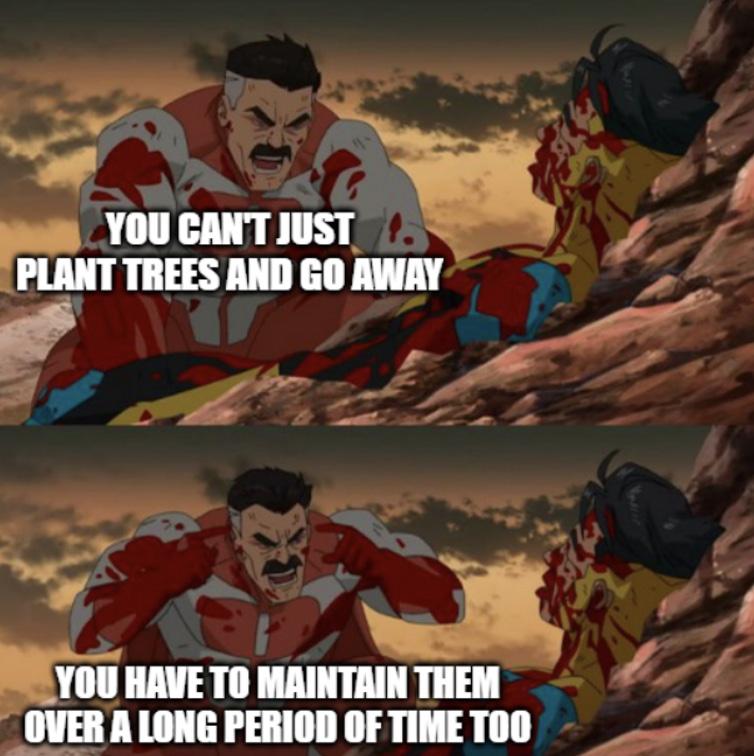
“Carbon sequestration is the process of capturing and storing atmospheric carbon dioxide”14. “Carbon dioxide is naturally captured from the atmosphere through biological, chemical, and physical processes”15. These processes can be accelerated through changes in land use and agricultural practices, such as converting crops and land into land for non-crop fast-growing plants. The most important part of the whole process is that the cover that is made has to be maintained for a long time.
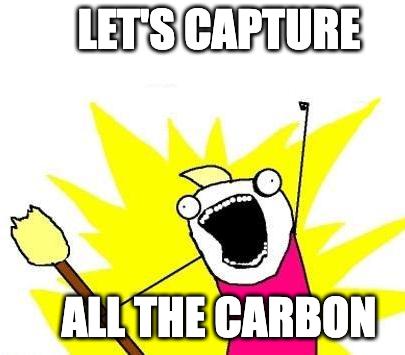
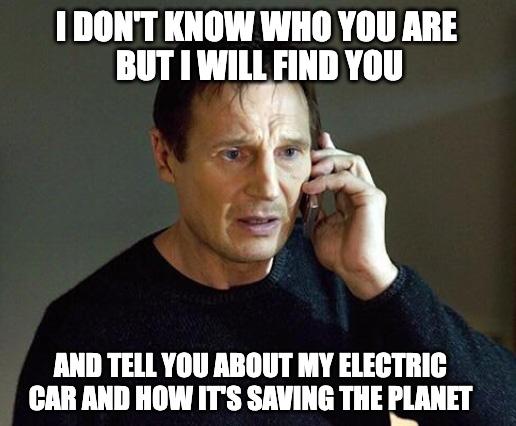
Environmental technology, also known as ‘green’ or ‘clean’ technology, refers to the application of the environmental sciences in developing newer technologies. It aims to conserve, monitor, or reduce the harm humans regularly cause the environment while consuming its resources. Sustainable development sits at the core of environmental technology - adopted practices that fuel economic development by avoiding the depletion of natural resources and further pollution.

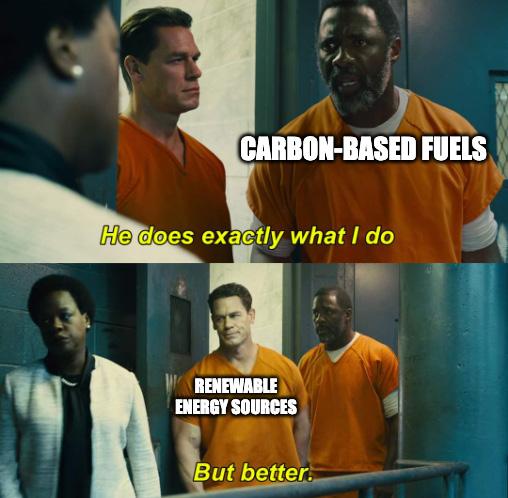
“Renewable energy is energy from sources we cannot run out of. Some types of renewable energy, like wind and solar power, come from sources that are not depleted when used. Others, like biomass, come from sources that can be replenished. Common types of renewable energy are wind, solar, hydropower, biomass, and geothermal”16. Renewable energy produces far less carbon dioxide and other harmful greenhouse gases and pollutants.

1 Cassiy, Emily. “Which Countries Use the Most Fossil Fuels?” Web log. Resource Watch (blog), May 2, 2019. https://blog.resourcewatch. org/2019/05/02/which-countries-use-the-most-fossil-fuels/.
2 “What Is Climate Change?” United Nations | Climate Action. United Nations. Accessed July 2022. https://www.un.org/en/climatechange/what-is-climatechange.
3 Perhac, Andrew. “Taking Action against Global Plastic Pollution.” The Pros pect, April 14, 2022. https://flhsprospect.com/3820/the-pulse/taking-action-against-global-plastic-pollution/.
4 Scoopnest, September 28, 2022. https://www.scoopnest.com/user/ADB_ HQ/1467365617510633476-water-is-the-primary-medium-through-which-wewill-feel-the-effects-of-climate-changea-new-adbwater-i.
5 Parr, Kate, and Caroline Lehmann. “Planting Trees Is a Good Idea, but Not Everywhere – Especially Not in Grasslands.” Scroll.in. Scroll.in, August 3, 2019. https://scroll.in/article/932145/planting-trees-is-a-good-idea-but-noteverywhere-especially-not-in-grasslands.
6 Katz-Perlish, Zahava. “Confession of a Tree Hugger.” Imananimaltoo. com, February 17, 2020. https://imananimaltoo.com/2020/02/17/confes sion-of-a-tree-hugger/#:~:text=Studies%20from%20South%20Africa%2C%20 Australia,as%20predators%20have%20more%20cover.%E2%80%9D.
7 “Climate Change Adaptation and Mitigation.” NASA. NASA, July 18, 2022. https://climate.nasa.gov/solutions/adaptation-mitigation/.
8 “What Is a Carbon Credit? .” What Is a Carbon Credit? A carbon credit is a permit that allows the owner to emit a certain amount of carbon dioxide or other greenhouse | Course Hero. Course Hero. Accessed July 2022. https:// www.coursehero.com/file/137029113/15docx/.
9 “Carbon Credit Certification: Verity One.” Carbon Credit Certification. Accessed July 2022. https://verity.one/carbon-credit-certification.
10 Kenton, Will. “Carbon Credits and How They Can Offset Your Carbon Footprint.” Investopedia. Investopedia, September 29, 2022. https://www.investo pedia.com/terms/c/carbon_credit.asp.
11 “Carbon Credit Certification: Verity One.” Carbon Credit Certification. Accessed July 2022. https://verity.one/carbon-credit-certification.
12 Osmanski, Stephanie. “How Do Carbon Emissions Affect the Environment?” Green Matters. Green Matters, March 30, 2020. https://www.greenmatters. com/p/how-do-carbon-emissions-affect-environment#:~:text=Carbon%20 emissions%20are%20one%20type,emission%20in%20terms%20of%20quan tity.
13 Osmanski, Stephanie. “How Do Carbon Emissions Affect the Environment?” Green Matters. Green Matters, March 30, 2020. https://www.greenmatters. com/p/how-do-carbon-emissions-affect-environment#:~:text=Carbon%20 emissions%20are%20one%20type,emission%20in%20terms%20of%20quan tity.
14 “What Is Carbon Sequestration?” What is carbon sequestration? | U.S. Geological Survey. Accessed July 2022. https://www.usgs.gov/faqs/what-carbon-sequestration#:~:text=Carbon%20sequestration%20is%20the%20pro cess,carbon%20sequestration%3A%20geologic%20and%20biologic.
15 Rubinovitz, Ron. “Creating Value and Opportunity from Carbon Dioxide Waste.” Advancing Materials, June 10, 2021. https://www.thermofisher. com/blog/materials/creating-value-and-opportunity-from-carbon-dioxide-waste/#:~:text=In%20Earth’s%20carbon%20cycle%2C%20carbon,exha lation%2C%20decomposition%2C%20or%20combustion.
16 “Renewable Energy.” MIT Climate Portal, September 3, 2020. https://climate. mit.edu/explainers/renewable-energy.